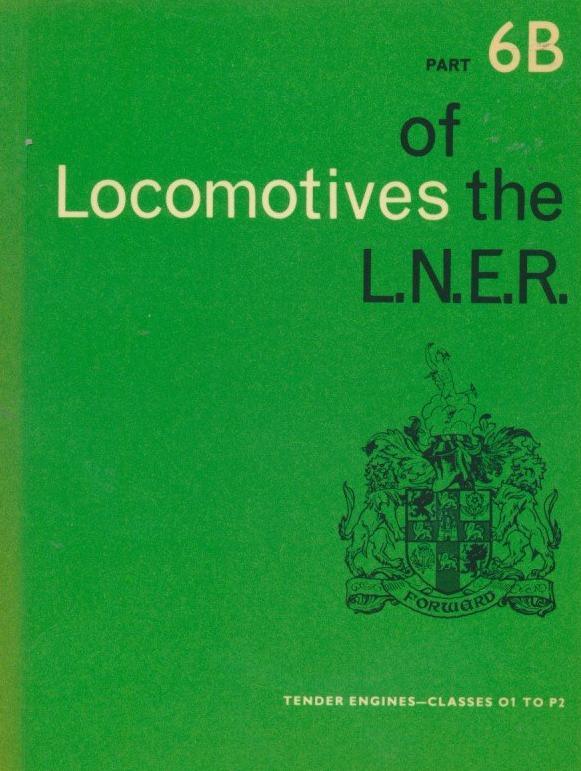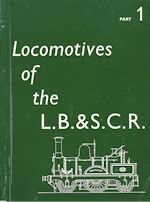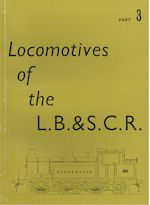A Detailed History - The LMS Royal Scot 4-6-0-s

Condition: Excellent
Published by: RCTS
Author: John Jennison
A Detailed History - The LMS Royal Scot 4-6-0-s
The Society is pleased to announce the publication of the latest volume in its Locomotives of the LMS series.
This book is a detailed history of the LMS Royal Scot class and has been written by well-known railway author John Jennison. The Scots were the first express locomotives designed by the LMS and were its principal passenger engines from 1927 until the mid-1930s. Their story is one of ups and downs from the high of their debut, setting records for non-stop working, and a highly successful tour of North America in 1933. However, a number of problems emerged with their initial design and although these were rectified in the mid-1930s under Stanier, the Scots had to take second place behind the new Pacifics.
A key part of the story which eventually led to their renaissance following rebuilding with taper boilers from 1943 was the ill-fated experimental high-pressure locomotive Fury which was based on the standard Royal Scot. This experiment was brought to an end after five years and what could be salvaged was used in the rebuilding as British Legion, which was effectively a prototype for the improvements subsequently carried out on the class.
In the British Railways 1948 Locomotive Exchanges, the rebuilt engines were pitted against larger and more powerful Pacifics where they more than held their own. The 1950s saw the class continue to work heavy express duties on the West Coast main line and also on the Midland lines. The story is completed with the two preserved members of the class which are now in regular use on the main line.
The book is presented in the normal RCTS style with chapters covering Design, Construction, Boilers, Tenders, Work, Modifications, Operations etc; this work runs to 264 pages. The text is accompanied by 144 black and white images from construction through to the mid-1960s, with all eras covered. Extensive tables are included covering allocations, liveries and works visits.






























